Prometheus gave humanity fire

A Lime Kiln by Moonlight, J M W Turner, 1799
I am delighted to present the third of the ‘blogs’ relating to JMW Turner and my attempts to follow his methodology with my photographic work. Turner’s approach to art involved drama, action and bright light.
For example, we already know that his marine paintings included stormy events, ports defying the sea and ships capsizing.
The English Romantic painter, was lucky in a number of ways. Britain was enjoying the developments associated with British invention. Also, we had success in remaining independent from invasion attempts, following our success at the Battle of Trafalgar in 1805.
We were also making significant strides with science. For example, Humphry Davy, born in Cornwall, invented the Davy Lamp. This ‘arc lamp’ was one of the first electric lights. Bessemer was patenting a process for smelting steel. George and his son Robert’s company, Robert Stephenson and Company, manufactured and released the Locomotion No. 1, which was the first steam locomotive to carry passengers on a public rail line in 1825.

Light Bulb, photo taken by Hugo Richardson
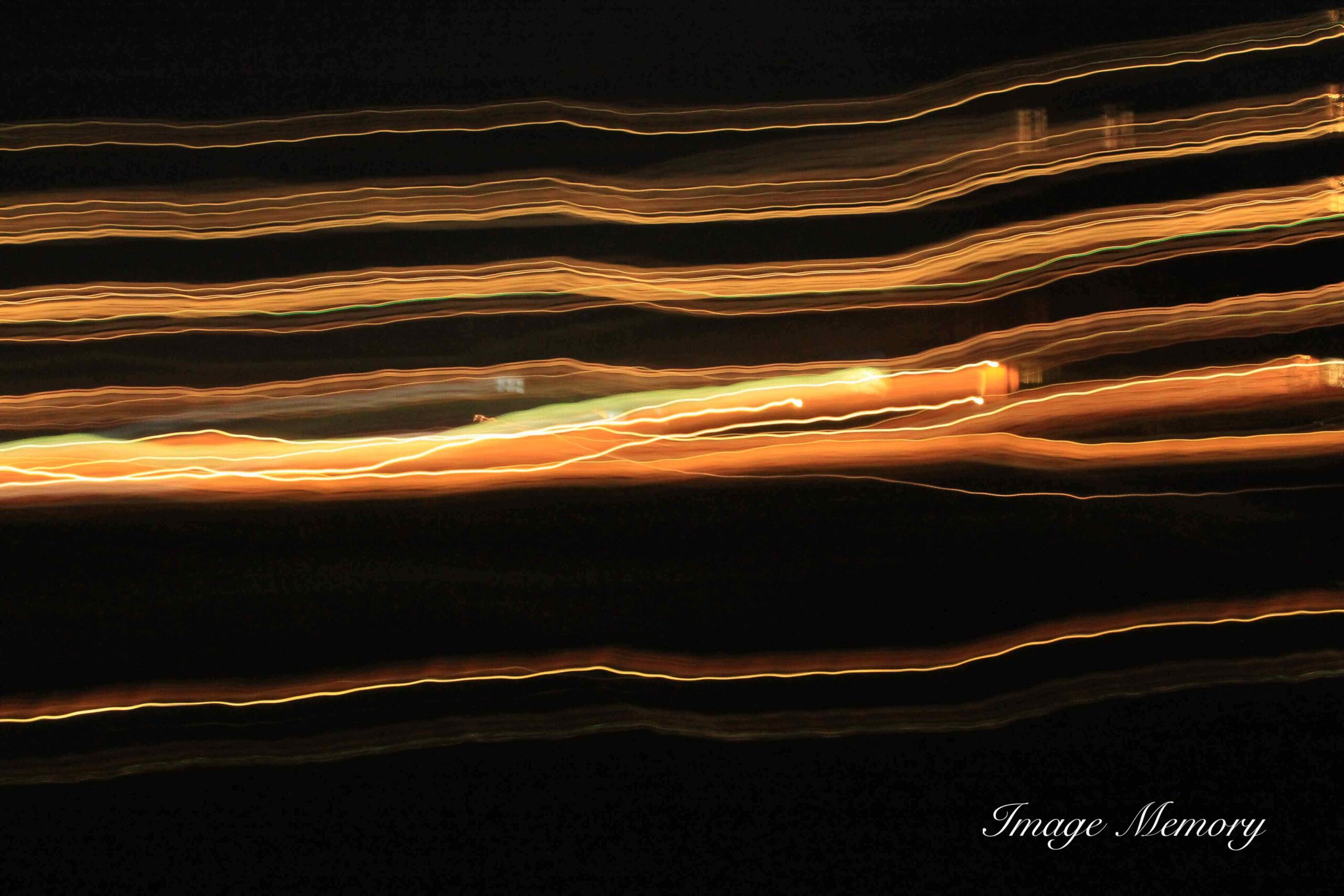
Abstract Light Art, photograph by Hugo Richardson
Fire was being used industrially for manufacturing and for generating steam. One of Turner’s most famous paintings, depicting the move from sail to steam with marine transportation, shows how innovation was having an impact: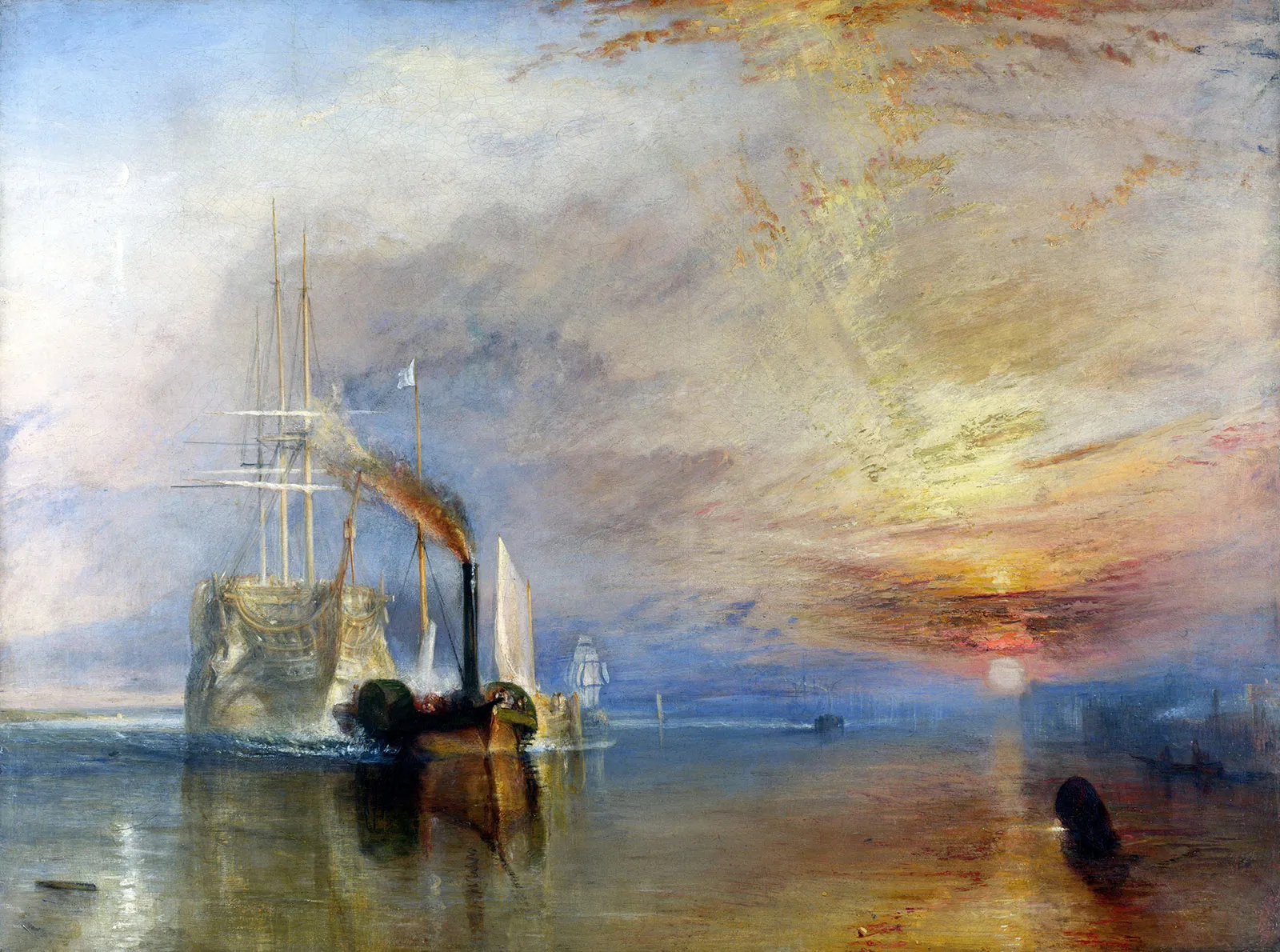
The Fighting Temerair, J M W Turner, 1838
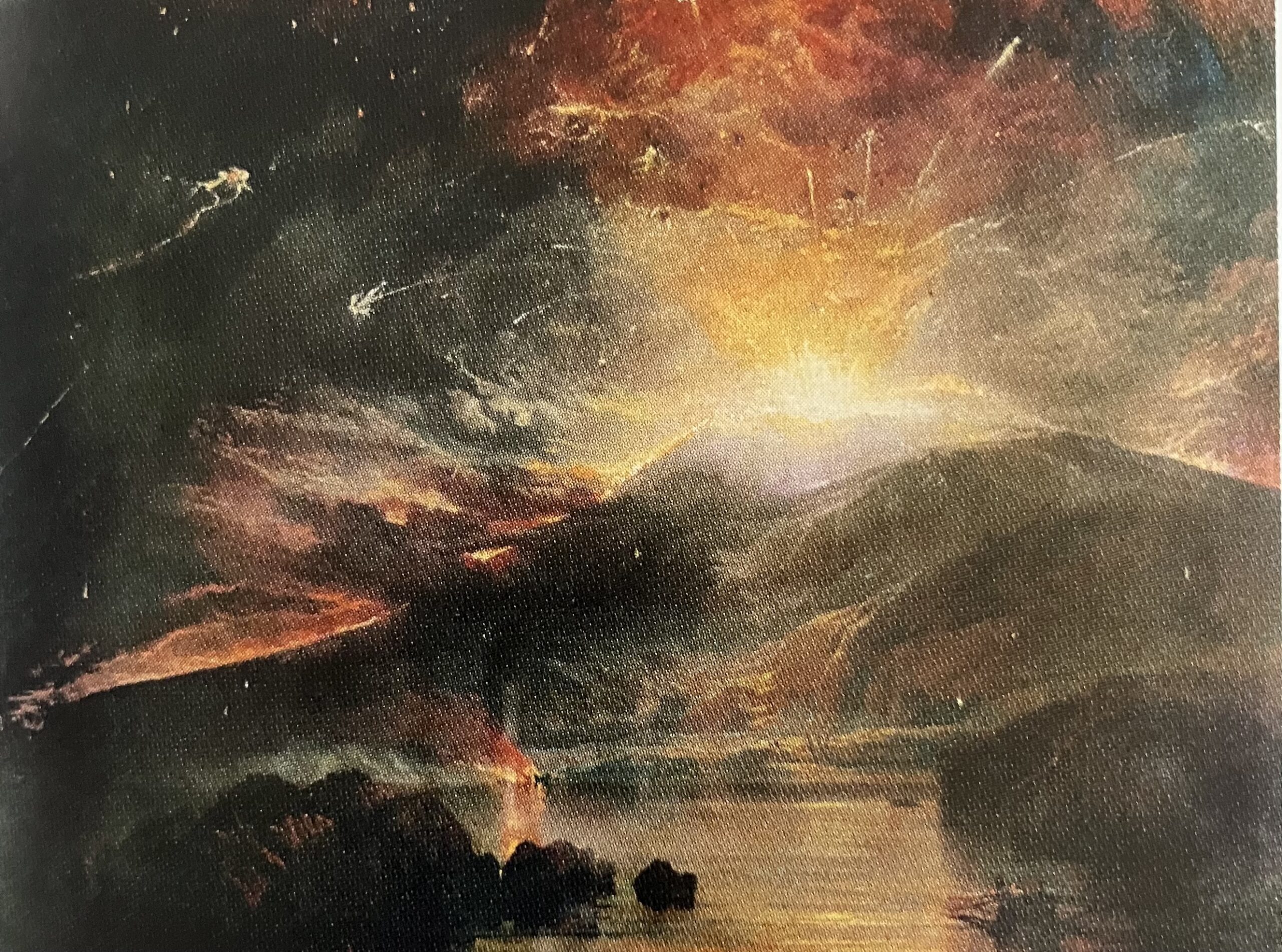
The Eruption of the Souffrier Mountains, JMW Turner 1815
Turner was also interested in Geology, which led to a great demand for paintings of volcanoes.
At the start of the 1770s, an international group of artists gathered around the volcanologist William Hamilton (1731-1803), who resided as the British ambassador at the court of Naples at the foot of Mount Vesuvius.
Please see my ‘fireworks’ image below, inspired by Turner’s work:
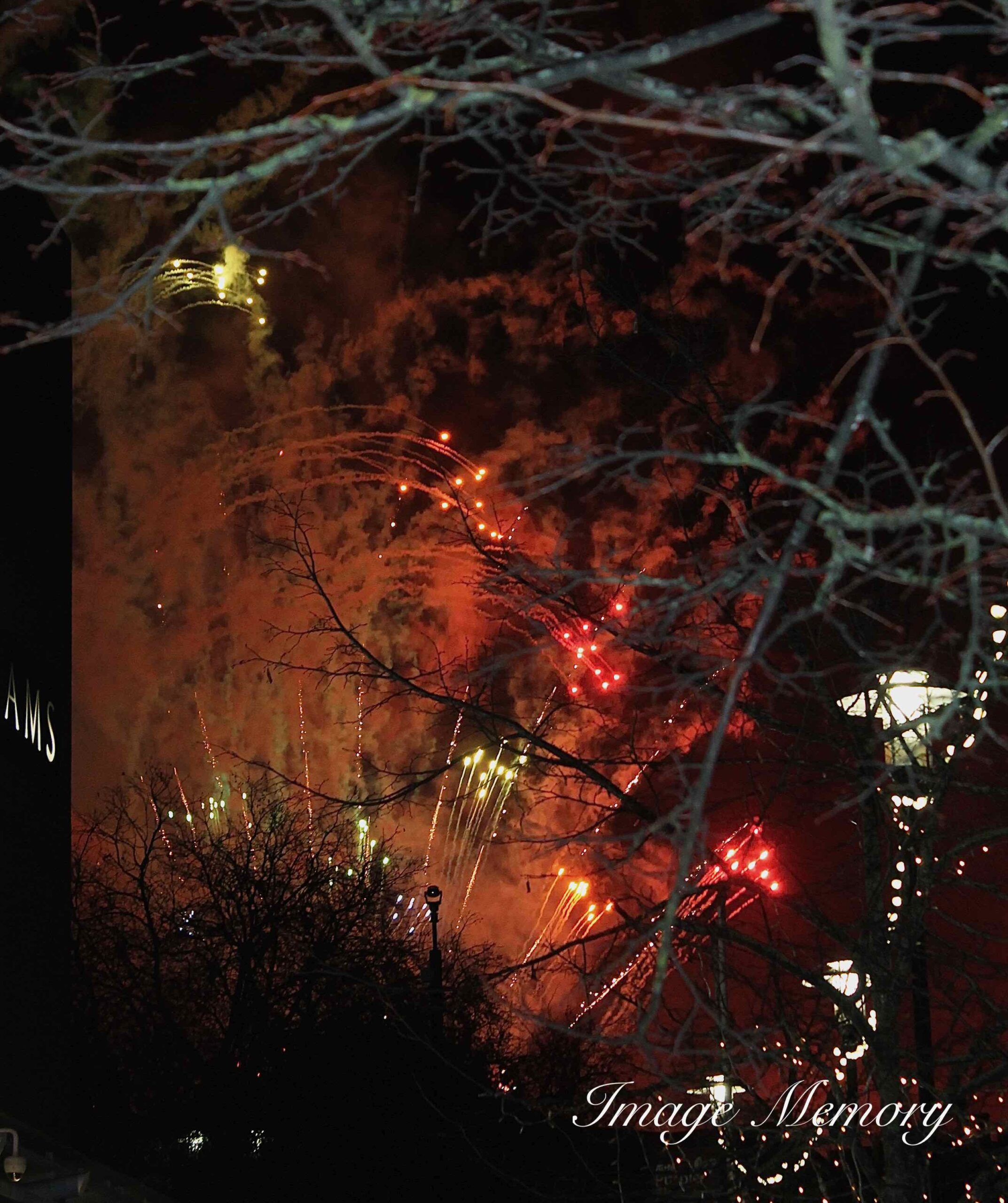
Fireworks, Reading, Berkshire – photo taken by Hugo Richardson
The painters in his circle strove for realistic depictions of nature; they were interested in scientific inquiry and participated in the debate between the Plutonists and the Neptunists.
‘Neptunists’ believed that all rocks, including granite and basalt were formed by crystallization of material from the early earth’s oceans.
‘Plutonists’ believed that the rocks of the earth were formed through volcanic and magnetic action.
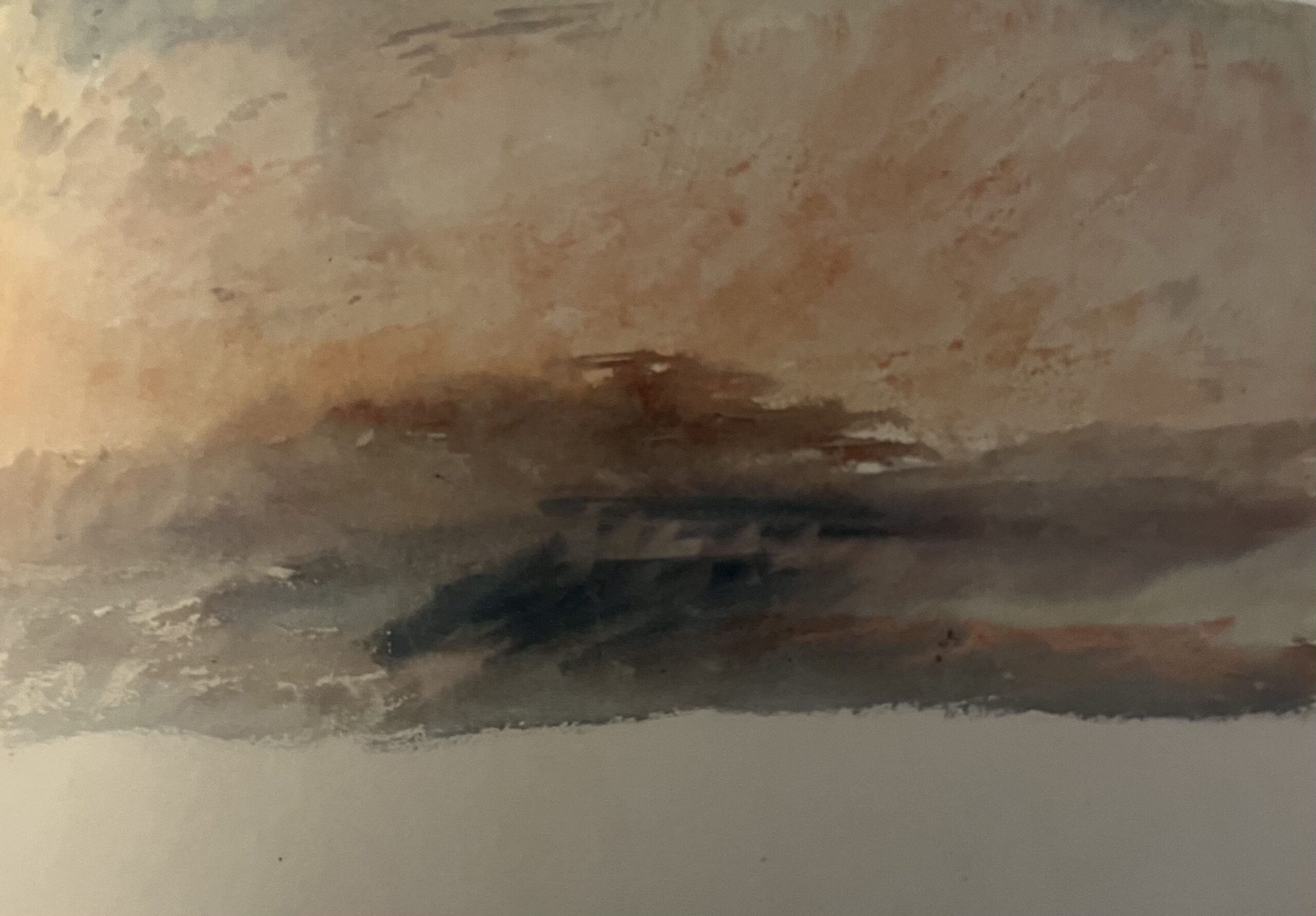
Crimson Sunset, J M W Turner, 1825
Moreover, the aesthetic qualities of fiery sunsets were always worthy visual material.
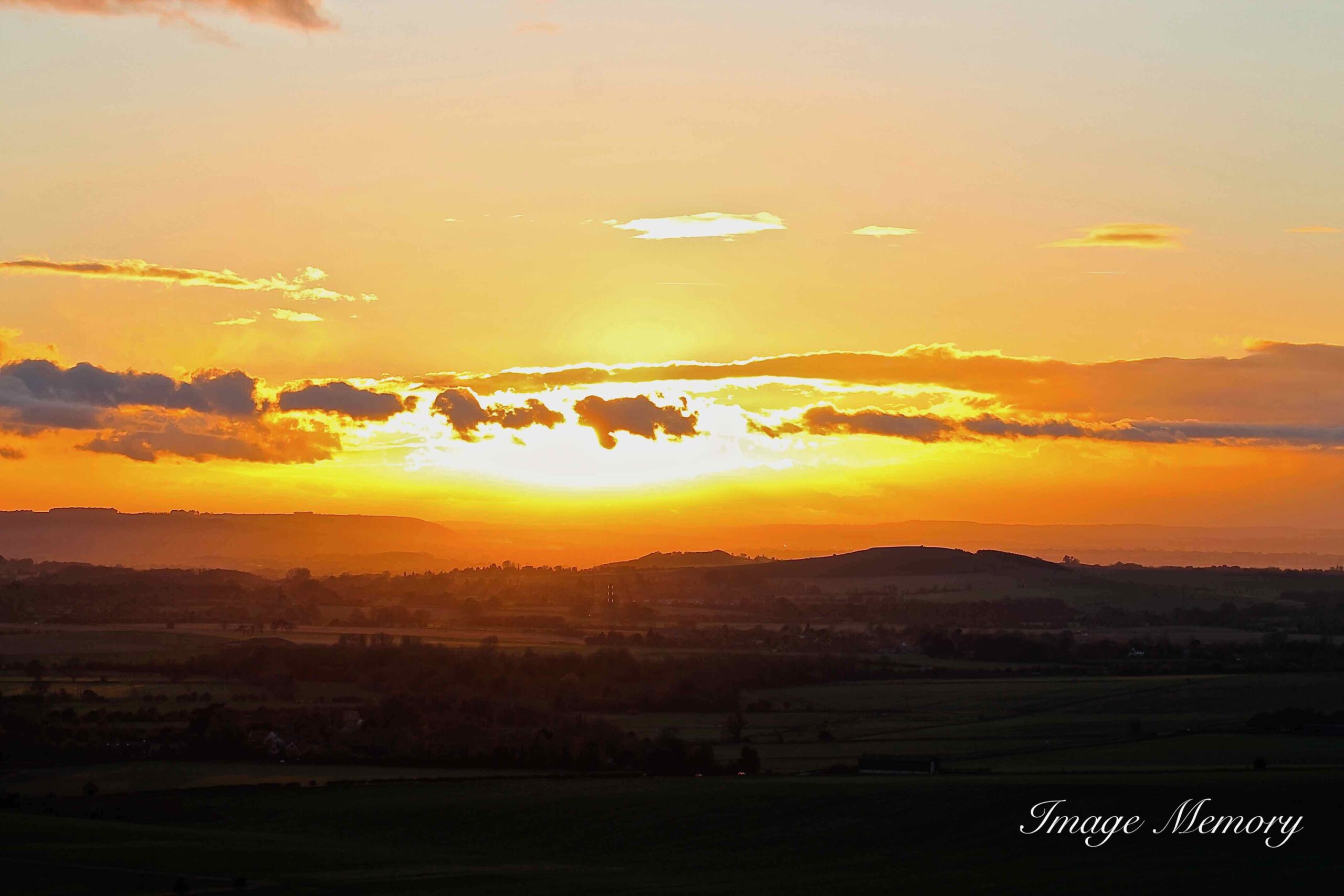
Sunset over Wiltshire Landscape, photo by Hugo Richardson
Turner arrived at a concept of landscape painting in which fire was not only used to create decorative affects, like those in the works of his contemporaries, but also became an integral part of his understanding of nature.
Firelight and lamplight were often subjects that Turner chose for his art. This next piece of art focuses upon a fireplace in a bedroom.
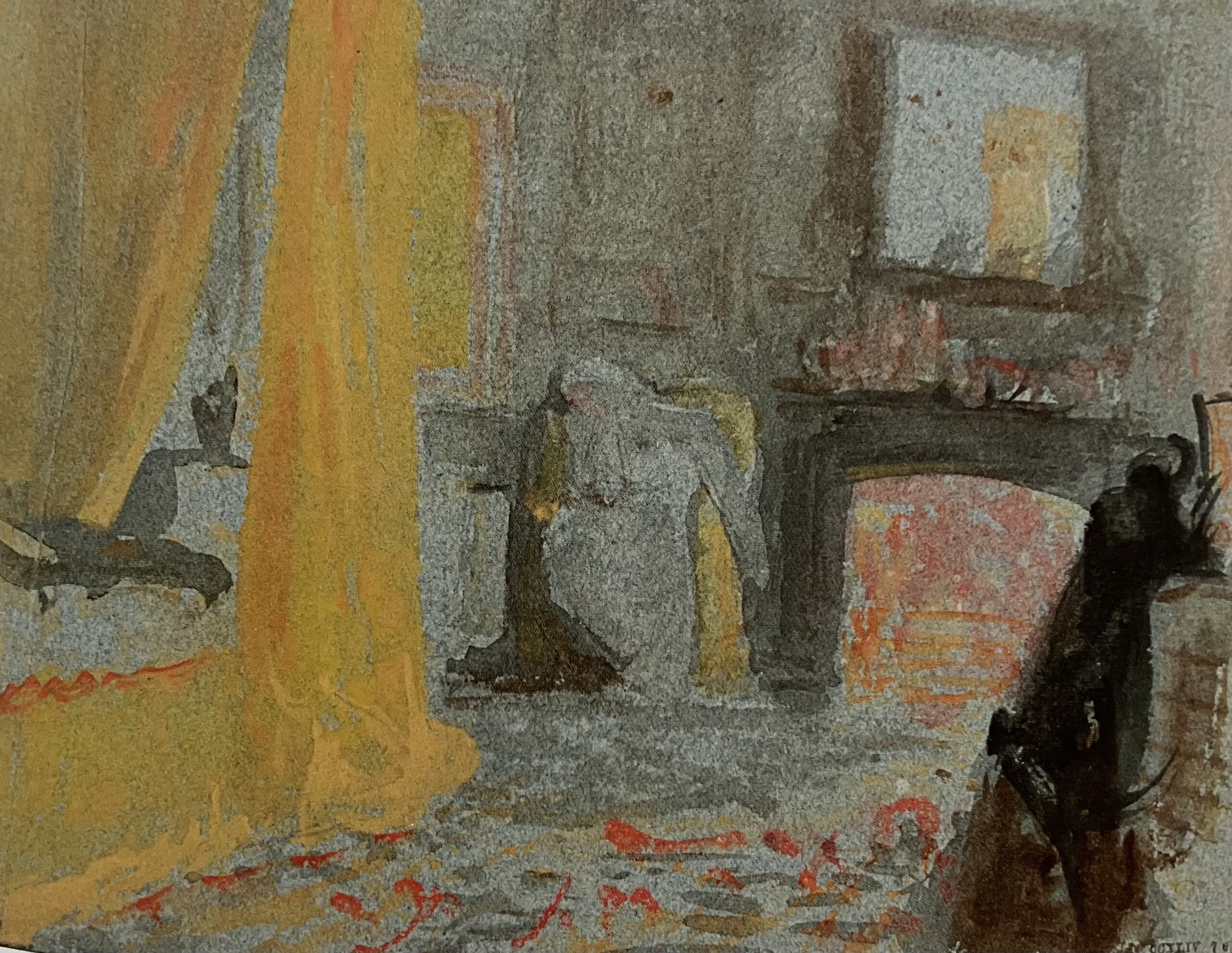
A Bedroom with a Fire Burning, and a Bed with Yellow Curtains, JMW Turner 1827
Please see an interior photograph that focuses upon a living room stove, after Turner’s work of art above.

Stove Fireplace with a Round Candelabra for diffuse Light, photograph by Hugo Richardson
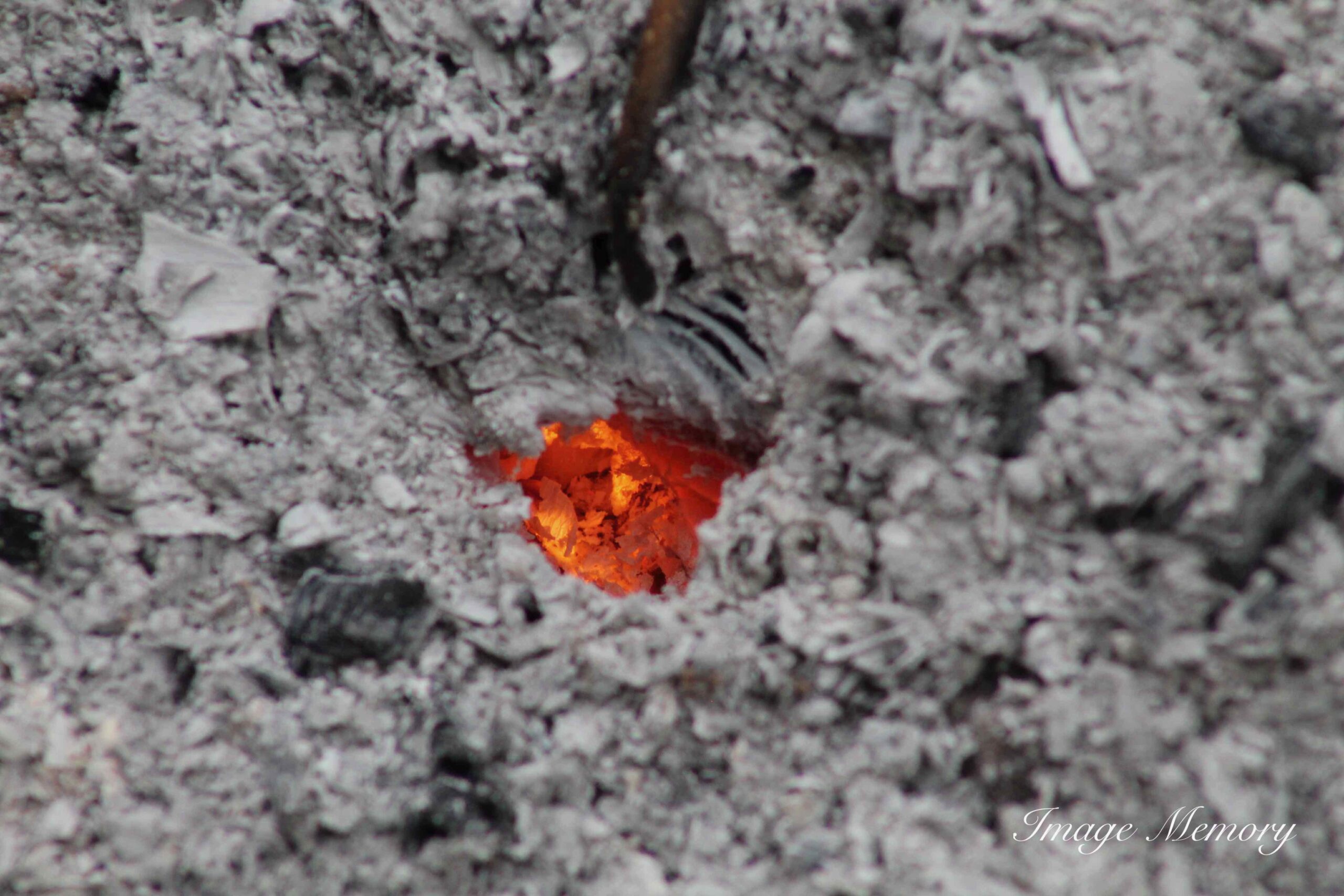
Glow of Bonfire, Art Photograph by Hugo Richardson
Next week Turner and The Elements – Earth